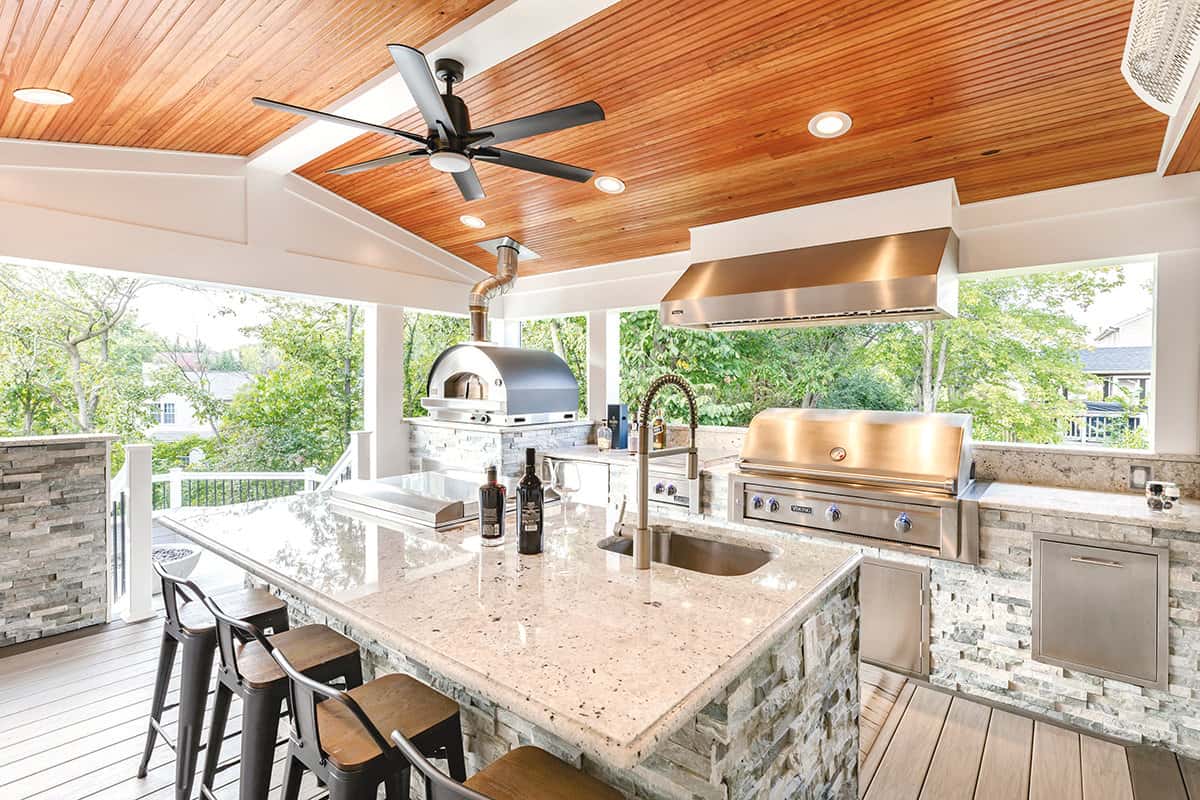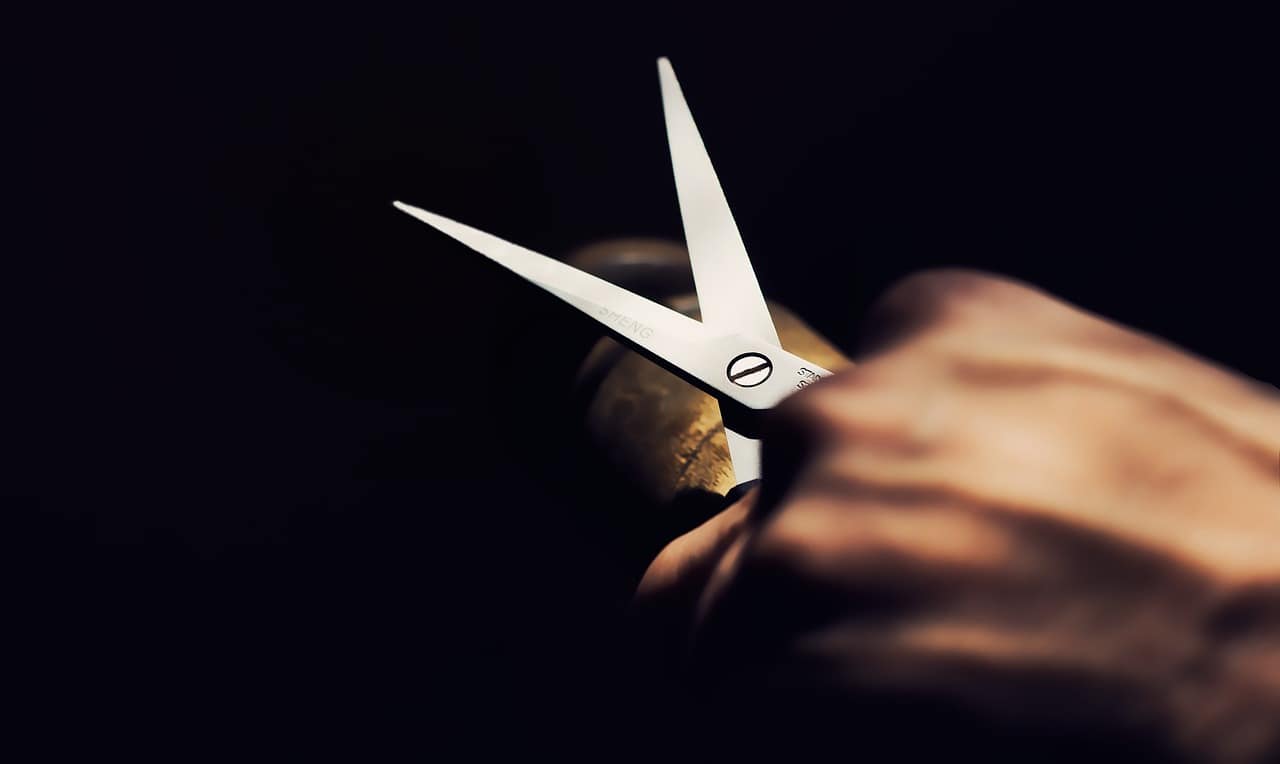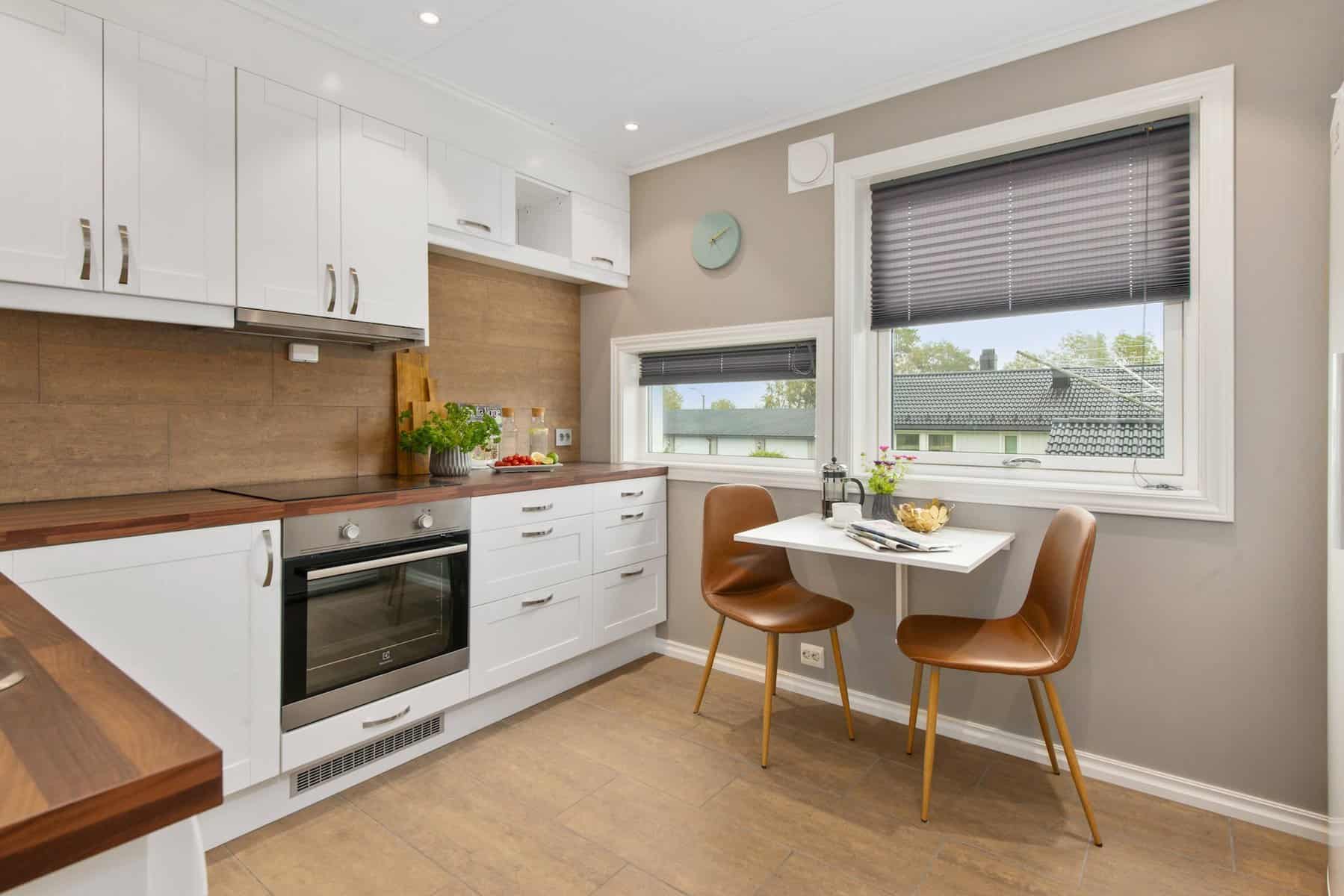In today’s society, people prefer to cook with the oven than the stove or microwave. You can get Golden Corral-style dishes using the slow cooker or Instantpot.
The only drawback with these slow-cooker cooking methods is that it uses up a lot of energy.
Are you curious about the answer to the question: do ovens use a lot of electricity?
Well, you’re in for a treat because we’re about to give you the answer!
Just keep reading to learn everything you need to know and alternative cooking methods to save money on your electric bill.
1. Do Ovens Use a Lot of Electricity?
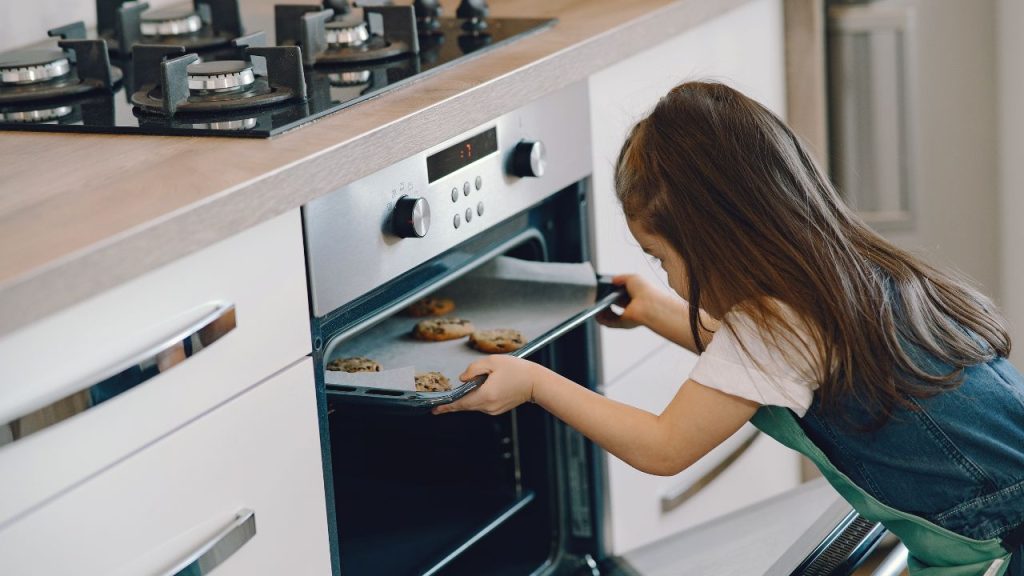
Yes, using your oven frequently can affect your electric bill. Gas or electric ovens consume a significant amount of electricity, especially if they are electric ones.
The electricity an oven consumes depends on its wattage, how often it’s used, and how long it’s used.
If you use your oven frequently, your electric bill will likely be higher than if you use it less often.
This is because the more you use your oven, the more electricity it will consume, and the higher your electric bill will be.
2. How to Lower Your Electric Bill While Using the Oven?
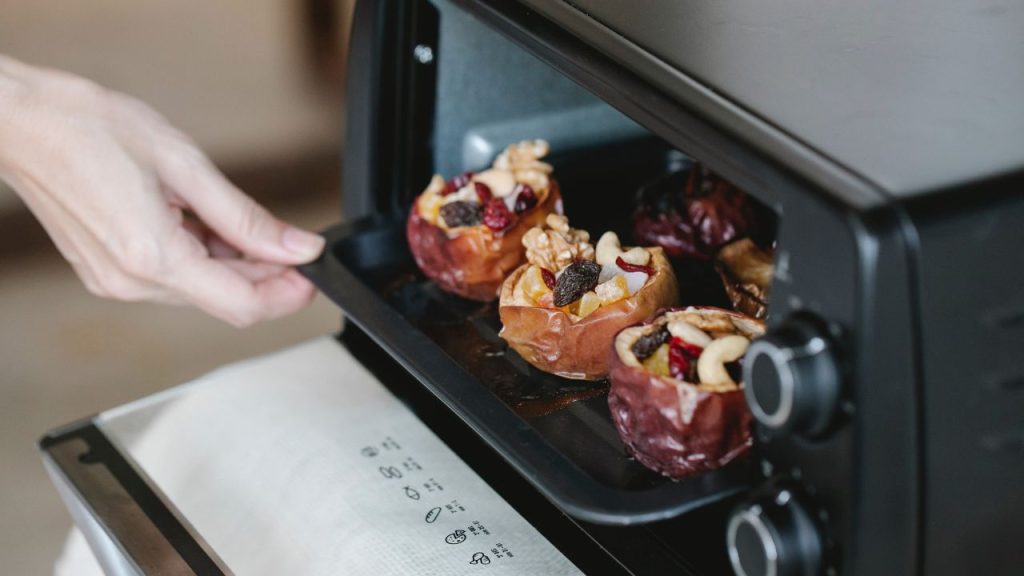
To reduce your electric bill, you can take steps to use your oven more efficiently, such as:
Preheating the Oven Only When Necessary
Preheating your oven before cooking is important for many recipes to ensure even cooking and consistent results.
However, preheating your oven can use much energy, especially if you preheat it longer than necessary. To save energy, try to preheat your oven only when necessary.
For example, preheating the oven is usually necessary if you’re cooking a casserole or a dish that requires a longer cooking time.
However, if you’re making a dish that only requires a short cooking time, such as a pizza or some baked goods, you may be able to skip the preheating step and start cooking immediately.
Using the Oven Light To Check on the Food
Heat escapes when you open the oven door, and the oven has to work harder to maintain the desired temperature.
To avoid this, try using the oven light to check on your food instead of opening the door frequently.
Most ovens have a light switch that lets you turn on the light without opening the door. Doing this lets you check on your food without losing heat and wasting energy.
Cooking Multiple Dishes at the Same Time
When cooking in your oven, the heat generated can be used to cook multiple dishes simultaneously.
You can take advantage of the heat generated and save energy by cooking multiple dishes simultaneously.
For example, if you’re cooking a casserole and a side dish that requires the same temperature, you can cook them simultaneously to save energy.
Just leave enough space between the dishes for the heat to circulate properly.
Avoiding Opening the Oven Door Unnecessarily
As mentioned earlier, heat escapes every time you open the oven door, and the oven has to work harder to maintain the desired temperature.
To avoid this, try to avoid opening the oven door unnecessarily. Only open the door when you need to check on your food or remove it from the oven.
Additionally, if you need to check on your food, try to do so quickly to minimize the heat that escapes. You can save energy and reduce your electric bill by avoiding unnecessary openings.
Use the Right Size Baking Dish for Your Recipe
Using the right size baking dish for your recipe can help ensure that your food cooks evenly and saves energy.
If you use a baking dish that is too large for your recipe, heat will be wasted, heating the excess air in the dish.
This means that the oven will have to work harder and consume more energy to maintain the temperature needed for cooking.
On the other hand, if you use a baking dish that is too small for your recipe, your food may be crowded and not cook evenly.
This can also result in uneven cooking times, which may require you to keep opening the oven door to check on your food, leading to further heat loss and energy waste.
Use Glass or Ceramic Baking Dishes
Glass or ceramic baking dishes are better at retaining heat than metal baking dishes.
This means that when using a glass or ceramic baking dish, you can lower the oven temperature by 25°F and cook your food evenly.
Lowering the oven temperature can save energy and reduce your electric bill.
Additionally, glass and ceramic baking dishes can go straight from the oven to the table, reducing the need to transfer your food to another serving dish, saving time, and reducing dishwashing.
Use Convection Mode When Possible
If your oven has a convection mode, use it when possible. Convection mode uses a fan to circulate hot air throughout the oven, which can cook your food more evenly and faster.
This means you can lower the oven temperature by 25°F and cook your food simultaneously.
By using the convection mode, you can save energy and reduce your electric bill. Convection mode is especially helpful when baking or roasting large items such as a turkey, which can take a long time to cook.
Consider Using Solar Power to Power Your Oven
Using solar power to power your oven can help you save energy and money on your electric bill.
Solar power is a renewable and clean energy source that doesn’t produce greenhouse gases, unlike traditional fossil fuels.
Installing solar panels in your home can generate electricity and reduce your dependence on the grid.
This means that you can use your oven without worrying about the impact on your electric bill. To use solar power to power your oven, contact Blue Raven Solar today.
Use Your Oven Wisely
So, do ovens use a lot of electricity? Using your oven frequently can increase your electric bill, but the difference is often minimal.
By using this appliance responsibly and efficiently, it’s possible to reduce the strain on your wallet.
Replacing your oven with energy-efficient appliances and regularly maintaining the appliance can make a larger impact.
Talk to a certified electrician to learn ways to lower your electricity bill and maximize your energy savings.
We hope you found this article helpful. If you did, be sure to check out our blog for more valuable information.

